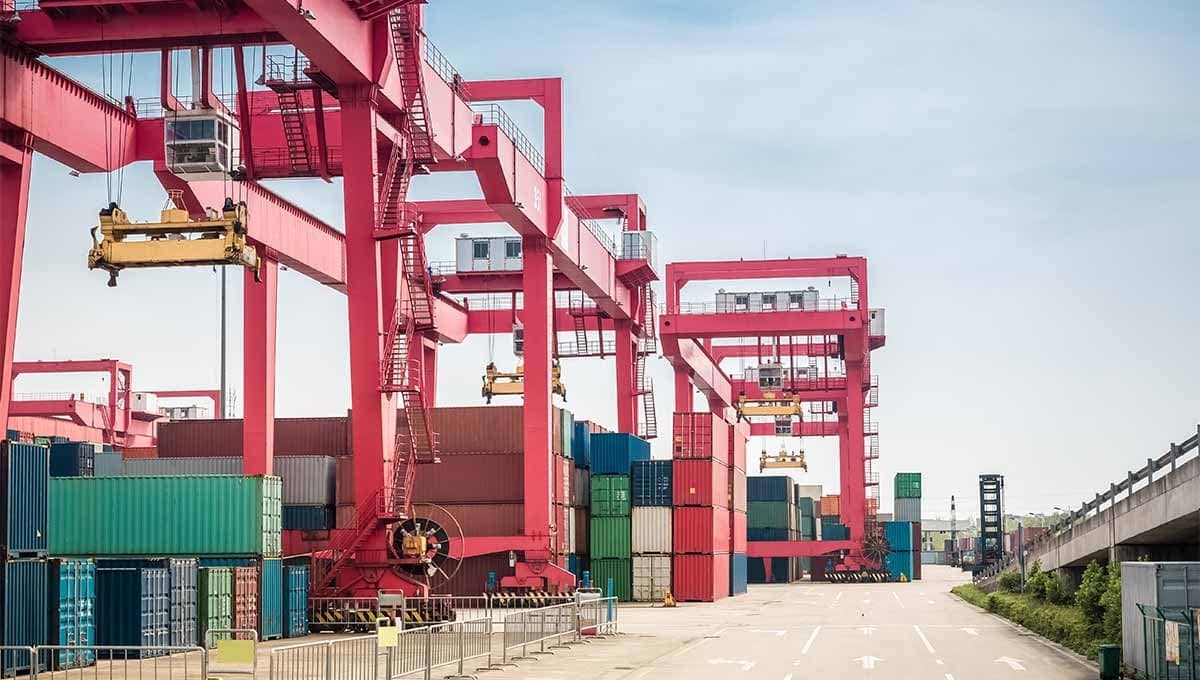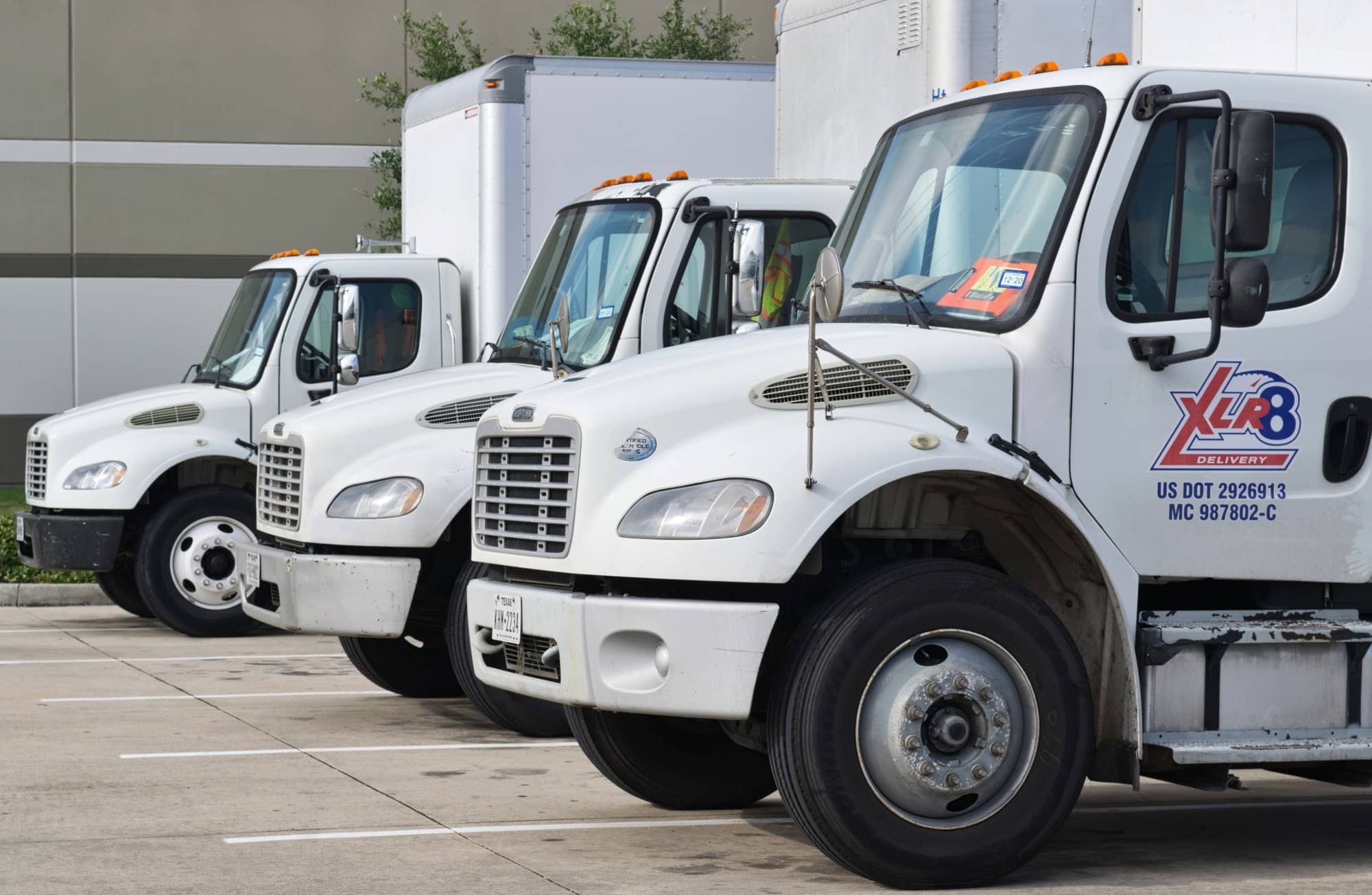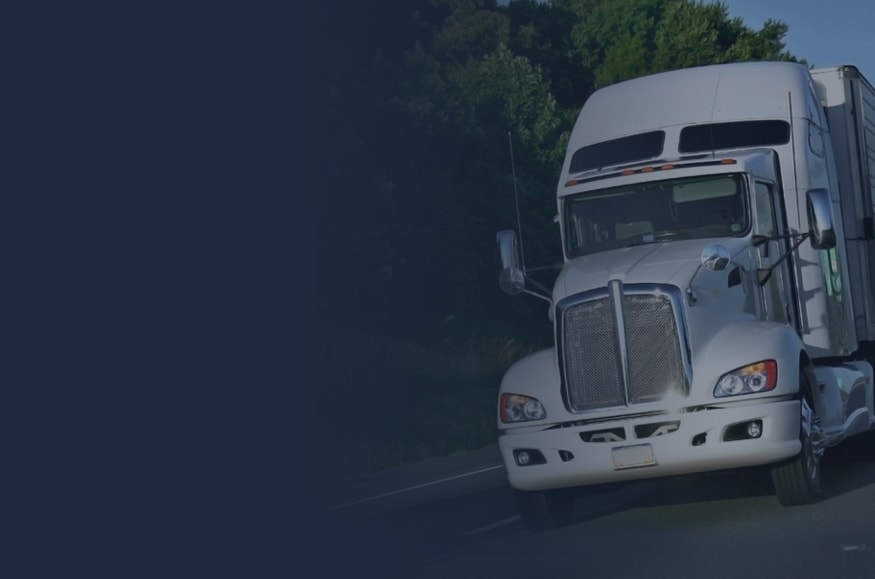MenuMenu
- Compare. Save. Ship.
- Main Menu
- How It Works?
- Shipping Services
- eCommerce
- Learn

If you’re a business owner or manager who wants to sign an agreement with a shipping company, you probably stumbled upon terms you don’t fully understand, such as LTL shipping, LTL freight, less-than-truckload shipping, and so on.
By the end of this article, you’ll be well informed about what LTL shipping is, how it’s different from other types of shipping, and how to prepare your shipment before the shipping company picks it up. Read on to find out more.
LTL stands for less than truckload and it’s a term used to describe the transportation of small freight or for situations where the freight doesn’t take up the entire trailer. This shipping method is commonly used to transport freight that weighs more than 150 pounds but less than 15,000 pounds.
When shipping LTL, you don’t have to pay for the entire trailer, you only pay for the portion of the trailer that your freight occupies. At the same time, the shipping company can fill the unoccupied space with freight from other shippers, so they don’t have to transport your freight at a loss.
LTL shipments usually pass through hubs, facilities, or distribution centers where they are unloaded, sorted and reloaded into other trailers before reaching their destination. As a result, LTL shipments are generally handled multiple times during the shipping process.
LTL freight is a reliable and cost-effective solution for businesses that ship small amounts of goods.
FTL freight stands for full truckload shipping. This type of freight shipping is perfect for businesses that send out large, bulky, or heavy shipments. However, the size and weight of the freight is not the only difference between LTL and FTL freight shipping. Here is a list of other notable differences:
LTL shipping costs significantly less than FTL shipping
LTL shipping usually involves more manipulation than FTL shipping. Most LTL freight is initially transported to a central warehouse or hub where the shipping company unloads it and loads it into another trailer along with freight from other shippers that has to travel in the same direction.
When shipping over long distances, the freight may change trailers again at secondary and tertiary locations before reaching its destination. This means that the freight may be manipulated by multiple people, increasing the risk of damage if the goods are not packed properly.
LTL carriers generally offer more services than FTL carriers. These services include, but are not limited to, liftgate service at delivery, residential delivery, notification prior to delivery, inside delivery, freeze protection, and more.
LTL shipping usually takes longer than FTL shipping because the freight goes through warehouses or hubs where it’s sorted and routed. FTL shipping is generally straightforward and the transit time is directly proportional to the distance between your warehouse and the client’s shipping address.
Choosing between LTL and FTL freight may sound easy at a first glance. After all, you’re not going to pay for an entire trailer if you’re not going to fill it, right? However, things aren’t always that simple.
LTL is a great option if you ship between 1 and 6 pallets of product because it’s cost-effective. But your freight is assigned a classification based on its length, width, and height. If your product has an odd shape, it may take up too much space in the truck and may be assigned a freight classification that prevents it from being shipped via LTL.
Weight is also an important factor. If your freight weighs more than 10,000 pounds it will most likely require FTL shipping.
Now, if you ship multiple parcels to different destinations, LTL freight is the way to do it. But if you ship multiple parcels to the same destination, or in the same general direction, you may reduce your costs by choosing FTL shipping.
You may also want to consider FTL shipping if you’re sending something that’s fragile, such as sculptures or custom furniture. FTL shipping generally involves less manipulation than LTL shipping, so the chances of your product reaching its destination intact are higher.
There are pros and cons to each shipping method, but by the end of this article, you should be able to determine when to use LTL or FTL shipping.
The main advantages of LTL shipping over FTL are that it’s cheaper and it offers more services.
Parcel carriers usually handle goods that weigh less than 150 pounds. So, if your goods weigh more than that, you cannot ship them with a parcel carrier. In addition, loading your goods on a pallet and sending it via LTL may be cheaper than sending them individually via a parcel carrier, if the packages have the same destination.
Shipping a 6x6x6 250 lbs. stackable box from Toronto, Ontario to Edmonton, Alberta costs around $675 and takes about 4 business days to deliver.
Shipping costs vary depending on multiple factors. Trucking companies can charge per skid spot, per weight or weight class. Features such as, inside delivery, tailgate, residential shipments and appointment delivery can all add to total costs.
Additionally, certain trucking lanes can be more popular than others, and the more popular lanes would mean that LTL availability is greater, reducing costs. Shipping brokers like Ship Expert have relationships with multiple trucking carriers and can leverage ongoing relationships to find the most cost effective LTL solution for your business.

LTL carriers are shipping companies that handle freight that’s larger and/or heavier than what you can send with parcel carriers such as FedEx Ground, UPS, UPS, Canpar, and others.
There are different types of LTL carriers to choose from:
The first thing you should do when preparing your LTL freight shipments is to measure their dimensions. Always round up to the next inch when measuring because this will help you avoid any adjustment fees.
You should complete your bill of lading as best as possible. Fill this document with accurate information because it will act as a receipt for the goods you’re about to ship. You can declare the type of products, quantity, and complete destination address and phone number.
Preparing the shipment information is important because the carrier uses this information to maximize its capacity. If the shipment information you provide is incorrect, you may be charged additional fees, or your product can be delayed or go missing. It is highly recommended that you label each skid with the full destination address and secure it to each side of the pallet.
You should always pay close attention when packing your LTL freight because it may be handled by multiple people before reaching its destination. Stack your freight onto pallets if possible, or place it in crates or boxes. Use tape and seals to keep the freight tight and reduce the chances of it getting damaged.
The costs of shipping LTL freight cargo are closely related to the cargo’s value, density, handling involved, and liability. Your freight will be assigned a classification based on these factors.
As a general rule, the lower the class, the easier it is to transport the freight without damage, so the cheaper it will be to do so. For example, if you’re shipping a pallet of vases, they will have a higher class than a pallet of anvils, even if they have the same weight. Vases are easy to damage, whereas anvils are highly resistant to damage.
Distance also influences the cost of shipping. The shorter the distance, the lower the costs.
Different elements can add to your costs. For example, access to direct points, the presence of a liftgate, or limited access.
The presence of a direct point means that the LTL carrier has the assets to cover the entire distance from origin to destination. If you want to ship outside the carrier’s direct points, your original carrier has to connect with a second carrier who can deliver the goods to their destination. As you imagine, this comes at an additional cost for you.
The absence of a liftgate capable of receiving your goods at the destination can lead to additional costs.
You may also be charged an additional fee for deliveries within locations that have limited access for carriers, such as rural locations, camps, construction sites, and others.
Traditional LTL shipping means visiting different carrier websites in order to get multiple quotes. This process can be time-consuming and may result in increased shipping costs since it’s difficult to get quotes from all the carriers operating in your area.
When you use Ship Expert for your LTL freight shipping, you gain access to exclusive discounts that are normally reserved for high-volume businesses. In addition, you also get package insurance at affordable prices, and you get personalized quotes from Canada’s top LTL carriers.
LTL is a great option when it comes to shipping for small businesses that send out small parcels. LTL freight is cost-effective and can help you take your business to the next level.
If you want to get the most affordable rates for your LTL freight, start with a Ship Expert account.


Director, Ship Expert
Greg Woo is a seasoned expert in the logistics and distribution industry, with a career spanning over two decades. He has a comprehensive understanding of shipping and distribution needs, and has extensive experience integrating with e-commerce stores as well as customer specific WMS (warehouse management systems) and ERP’s (enterprise resource planning software). His tenure in the industry and established courier and LTL partnerships have allowed clients to benefit from reduced shipping expenses, as well as improved operations through software and specialized integrations.
Greg is currently the Director at Ship Expert Inc., a role he has held since February 2015. Prior to his role at Ship Expert, Greg held significant positions at Juxto, a telecommunications and managed internet service provider.